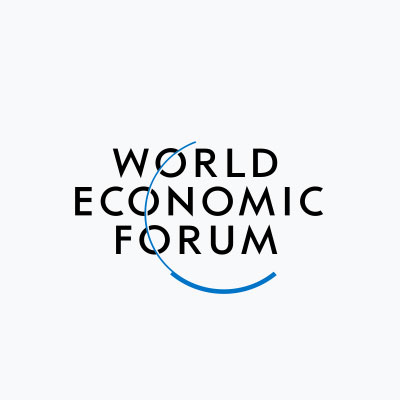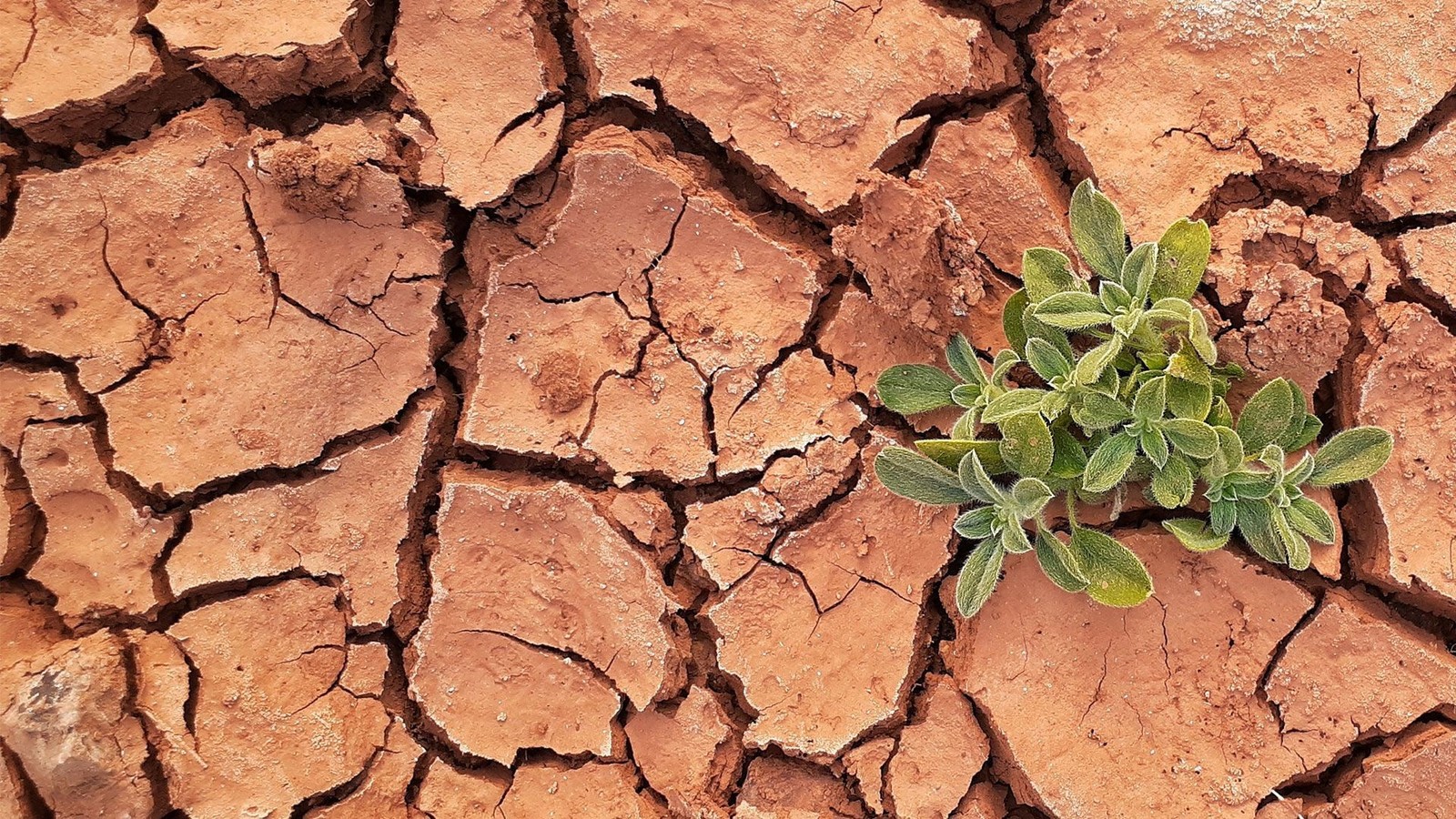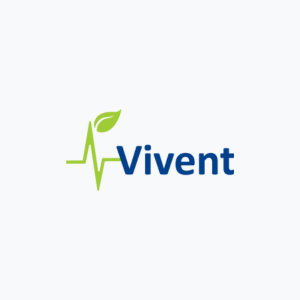

By: Bibi La Luz Gonzalez
At: Webforum.org
- 10 innovators have been chosen as the winning cohort of the Food Ecosystems in Arid Climates Challenge.
- This UpLink Challenge, in partnership with the Ministry of Economy and Planning of the Kingdom of Saudi Arabia, was launched during this year’s Annual Meeting in Davos.
- Now, after receiving nearly 200 solutions, the winning cohort will be announced at the Annual Meeting of the New Champions in Tianjin this week.
- It aims to elevate solutions championing the availability, access and management of food amidst drought, desertification and unstable rainfall, by tackling food insecurity and malnutrition in harsh environments.
Deserts account for one-fifth of Earth’s land coverage. This fraction of our planet is continuously put at risk by increased and extended droughts, and unstable rainfall. These arid conditions threaten food security, including the availability, access and management of food.
According to the United Nations, 2.4 billion people, more than 30% of the world’s population, were moderately or severely food insecure. And by 2030, it is estimated that 700 million people will be displaced because of drought.
This year is especially challenging, with food commodity prices fluctuating, threatening to place more people into economic stress with an imbalance within the entire food value chain, and diminishing the value of locally nutritious foods.
To answer and mitigate these challenges, 10 Top Innovators have been selected as part of the winning cohort of the Food Ecosystems in Arid Climates Challenge.
This was a global call for entrepreneurs tackling food insecurity in drought and desertification through UpLink, in partnership with the Ministry of Economy and Planning of the Kingdom of Saudi Arabia, and supported by 3BL Associates, Act4Food Act4Change, Centre for the Fourth Industrial Revolution in the Kingdom of Saudi Arabia (C4IR KSA), Clim-Eat, Cornucopian Capital, EAT, Innovative Institute for Food and Health, King Abdulaziz City for Science and Technology (KACST), Manuia, Ministry of Environment, Water and Agriculture KSA, Federation of Saudi Chambers, Omnivore, Sentient Ventures, Social Gastronomy Movement, Unilever, WFP Innovation Accelerator and the World Food Forum.
The Food Ecosystems in Arid Climates Challenge focused on five areas: production and resources; sustainable food value/supply chains; socio-economy of food; data, digital access and technology; and community awareness and education.
Meet the Top Innovators from UpLink’s Food Ecosystems in Arid Climates Challenge
1. AgroTech Plus: builds community solar-powered walk-in cold rooms, with an affordable pay-as-you-go model for smallholder farmers to access it and store fruits and vegetables for longer, especially during periods of drought. This reduces post-harvest losses and upholds the nutritional value of local produce, and they also provide skills training to women and youth in Kenya.
2. Desert Control: has developed Liquid Natural Clay, small clay and mineral platelets with an electrical charge, which can be poured into soils degraded or affected by desertification. It works as a battery bank to store water in sandy soils and enhance their nutrients and fertility, especially when growing food in drylands.
3. Hydroponics Africa: elevates vertical farming where temperatures exceed 40°C and there is low humidity, using high salinity water for a simplified way of growing and watering food and boosting animal fodder yields. This enables farmers to use their hydroponics technology and thus also reduce food miles.
4. Mishkat: is a one-acre glasshouse located in the middle of the Saudi desert, locally growing leafy greens, to decrease reliance on imported produce. Its main farm uses a drainage recycling system, and its mini vertical farms keep fresh produce available for longer, reducing food waste before it reaches households.
5. Orbillion: produces premium cell-cultured beef and lamb. It can scale non-GMO beef cells with high nutritional quality, providing food safety and security, while slashing greenhouse gas emissions, land depletion and water usage at a similar cost to conventional beef production, especially in water-scarce regions.
6. Responsive Drip Irrigation: is a plant-responsive irrigation and fertigation system that uses organic chemistry to self-regulate water and nutrient delivery for crops. Micropores that interact and respond to root signals help to reduce water usage, and the product is used by wholesale distributors, governments and NGOs, especially in arid climates.
7. Terraxy: is a start-up born out of a research laboratory at the King Abdullah University of Science and Technology (KAUST), to rehabilitate degraded desert lands for agriculture. They created SandX, a water-repellent sand to reduce evaporative loss of water from topsoil, and CarboSoil, a soil enhancer made from organic waste biomass (date palms, animal manure and domestic waste) for nutrient retention.
8. Smart Oasis Farm: is essentially a “farm in a box”. The company has mastered the art of growing food in containers using a technique known as “Total Controlled Environment Agriculture”. This means the food response can be tailored to suit the needs of different geographies, environments (arid or humid) and scales, elevating the value and income for any food grower, while also responding to food shortages and preventing malnutrition.
9. Vivent Biosensor: uses AI sensors to amplify the electrical signals of plants in horticulture, field crops and fruit trees, as an early warning system of plant stressors, such as pests, water and nutrient deficits, especially when hit by drought. The company provides data on crop health for food growers’ improved decision making, management and to increase yields.
10. Yolélé: is commercializing the production, sale and consumption of fonio, a drought-thriving grain with a cultural legacy in West Africa. Female smallholder farmers in Mali increase their income through fonio production, and the company’s ultimate aim is to grow demand for the ingredient around the world.
The 10 Top Innovators will now join the UpLink Innovation Network, where they will be supported to scale their start-ups and increase their impact.
Are you working on an innovative solution that is strengthening food systems around the world? Prepare your application for UpLink’s next food systems challenge, the Smarter Climate Farmers Challenges, which was launched during the Annual Meeting of the New Champions 2023, in Tianjin, China.




